
Renal osteodystrophy is an alteration of bone morphology in patients with CKD (Chronic Kidney Disease). It is one measure of the skeletal component of the systemic disorder of CKD-MBD (Mineral and Bone Disorder) that is quantifiable by histomorphometry of bone biopsy. This is the new KDIGO definition as described in the paper by Moe
Here are some new diagrams about this. More information will be coming

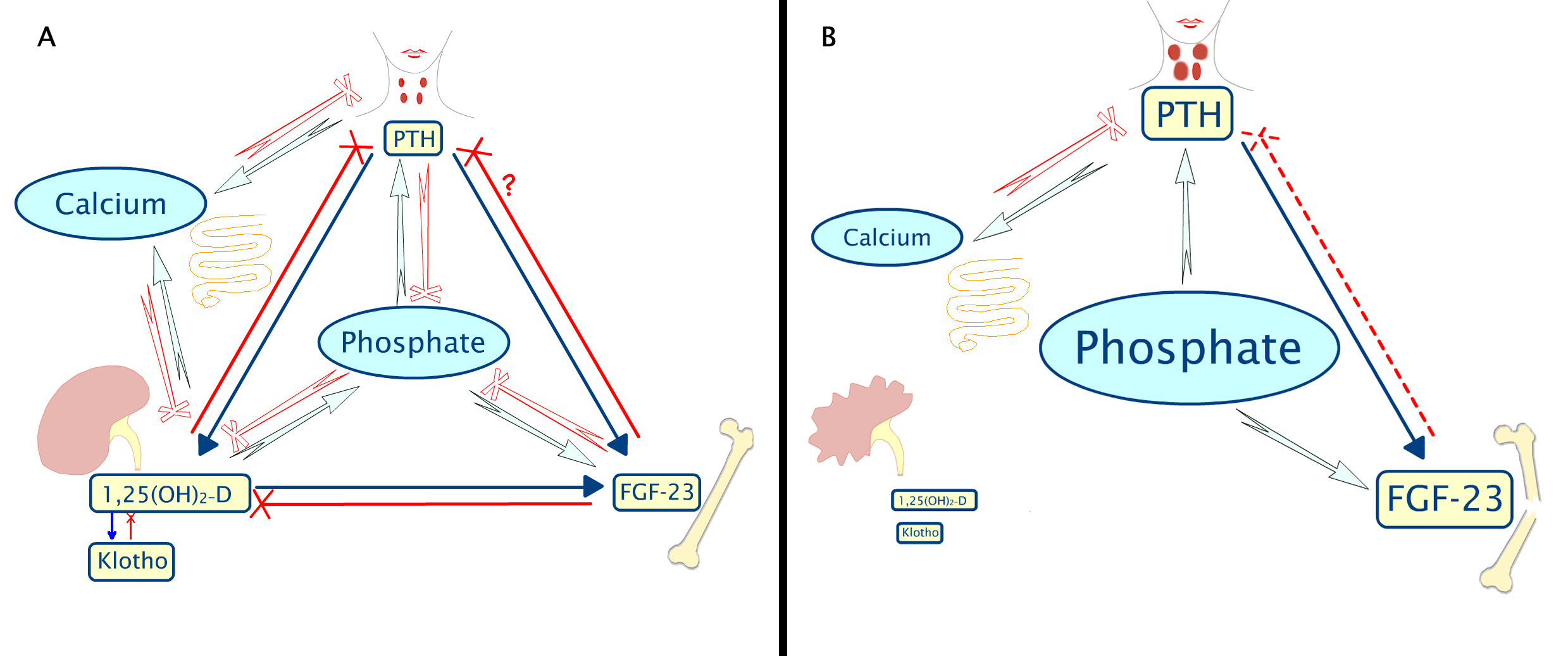
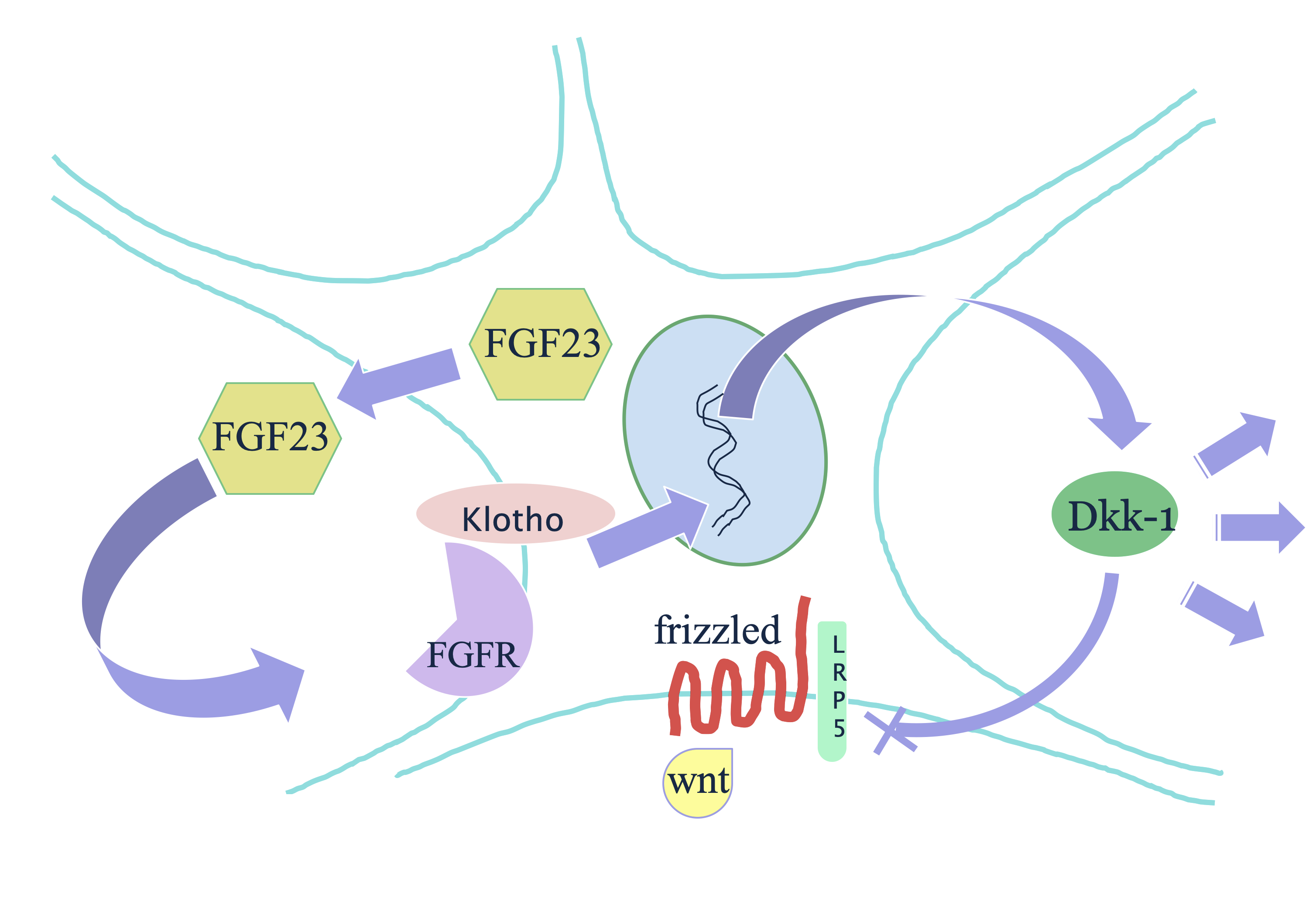
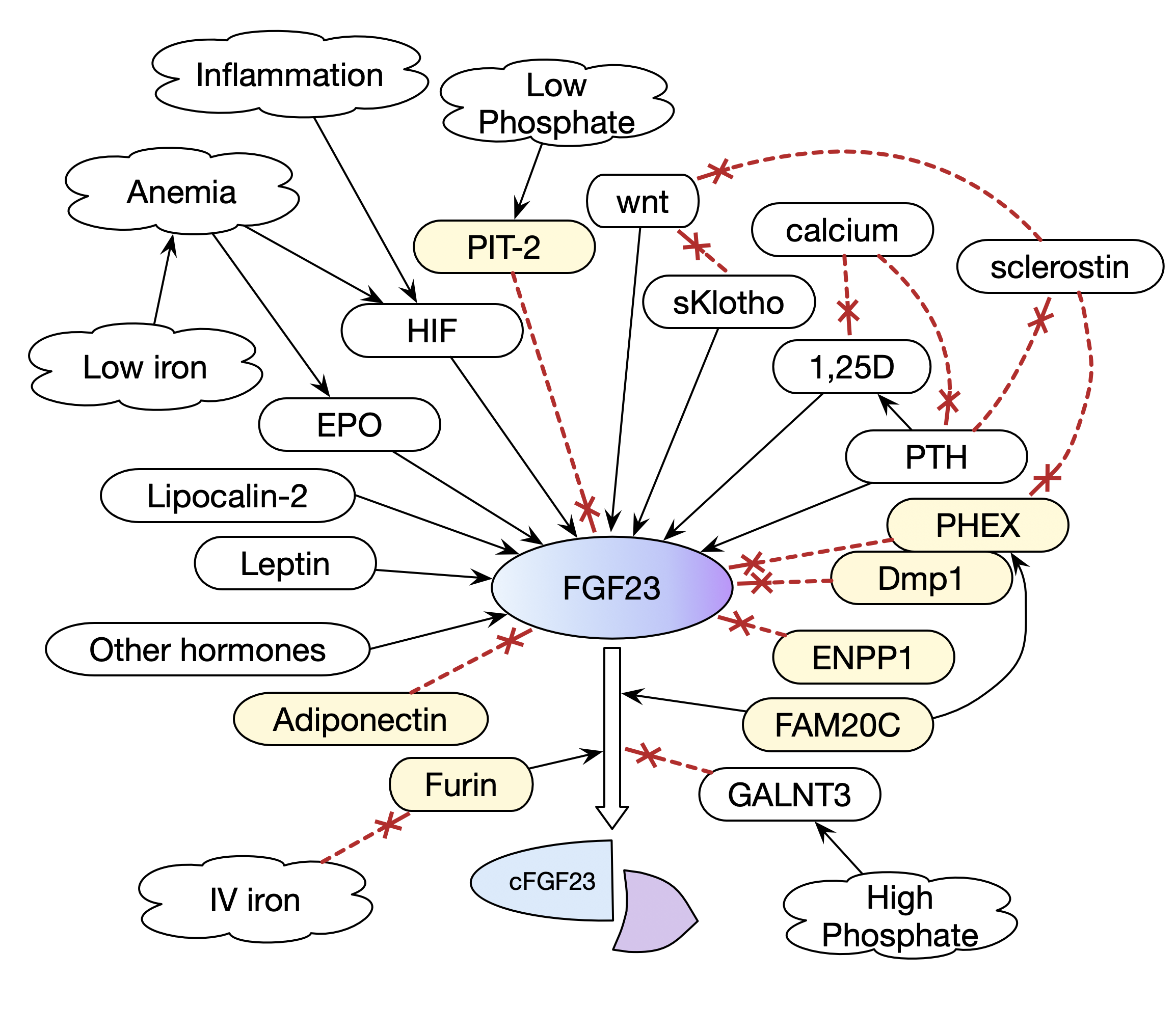
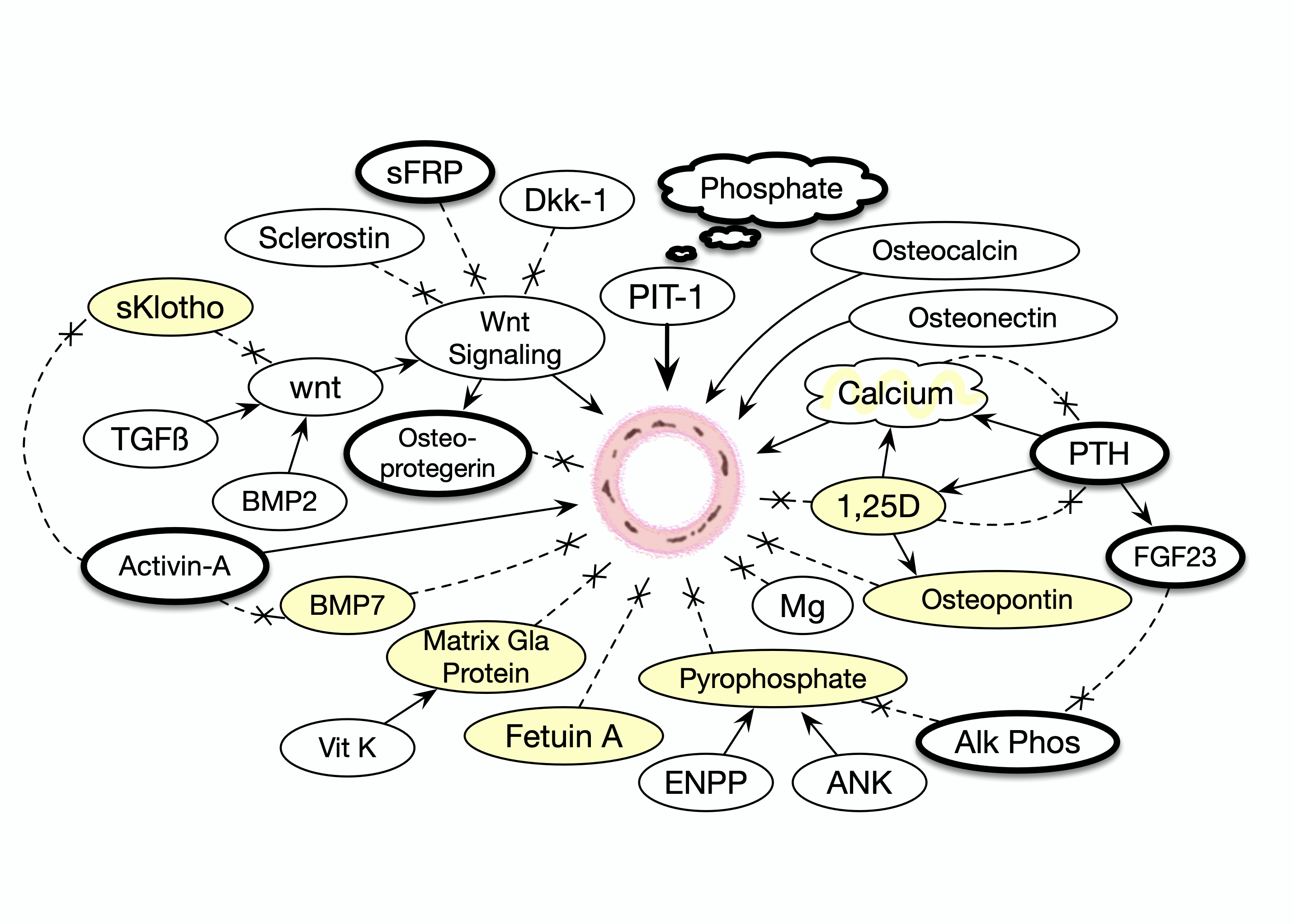


As the above diagram shows, some factors lead to increased bone formation and resorption, whereas others lead to decreased bone formation and resorption. Thus there is a spectrum of possible manifestations, from low to high turnover, from low to high volume, and with or without mineralization abnormalities. Patients tend to fall into groups as shown on the next diagram. Individuals within a give group could have high or low bone volume. Bone strength can be impaired in all of the forms.

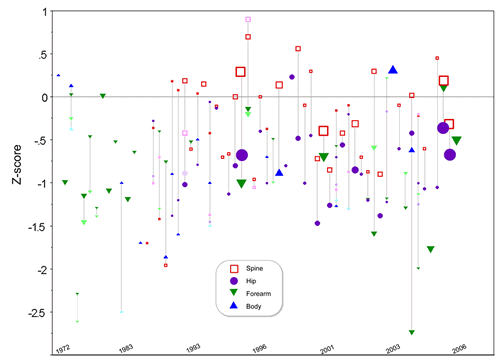
Click on graph for larger view. Here is an Excel file with a list of the studies.
This graph is a summary of 64 studies arranged in chronological order; each point is the mean value for a study. When more than
one skeletal site or gender was measured in a study, the points are connected by a vertical line. If data from men and women were
reported separately, the points for the women are in a lighter shade. Size of points is larger in studies with greater numbers of
subjects. Data from studies that reported g/cm2 were converted to Z-scores using the average age of the group of subjects and
published normal reference ranges. Overall, the average cortical bone density for patients with CKD stage 5D was about 0.5 to 1
standard deviation below expected for age and gender, but at the spine the bone density measurements were closer to the average
in persons without CKD.
Unfortunately, there is no one-to-one correspondance between bone density and type of renal osteodystrophy. In those with osteitis fibrosis the bone density Z-score ranges from -3 to +2.5, and in patients with adynamic bone the range is similar, from -2.5 to +1.8. Furthermore, the bone density is not as consistently related to fracture as it is in osteoporosis. Overall patients with CKD have an increased risk of fractures.
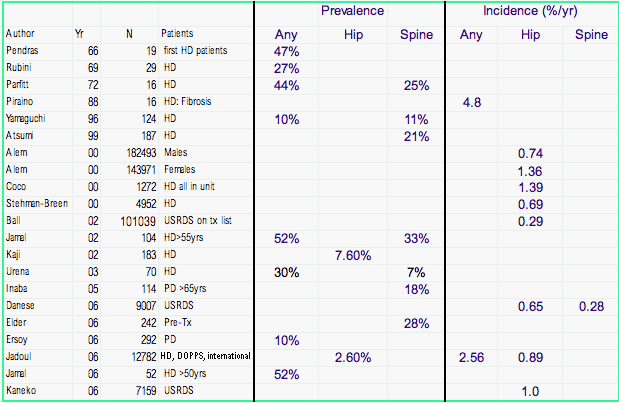
Updated 8/20/19
